NICOBARS – LAND AND ITS PEOPLE:
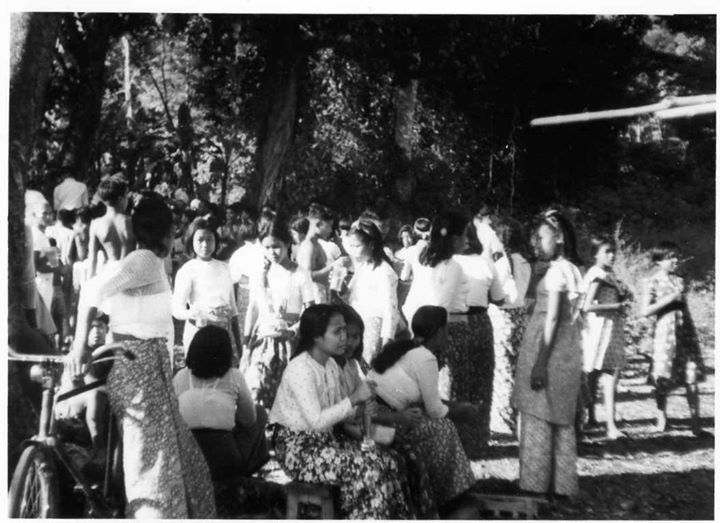

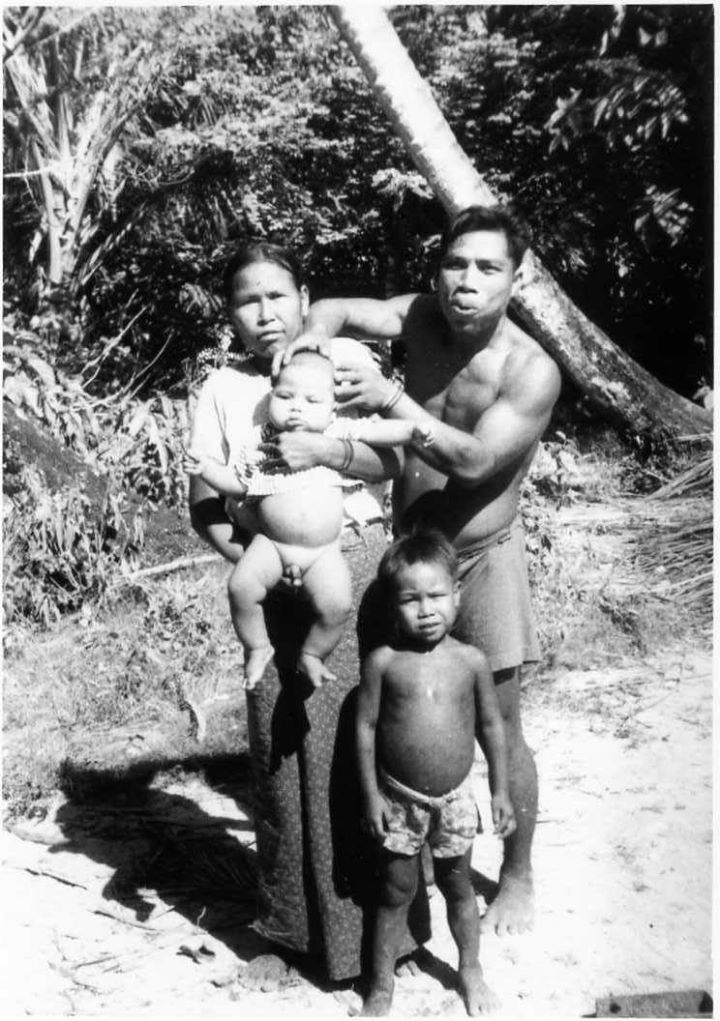
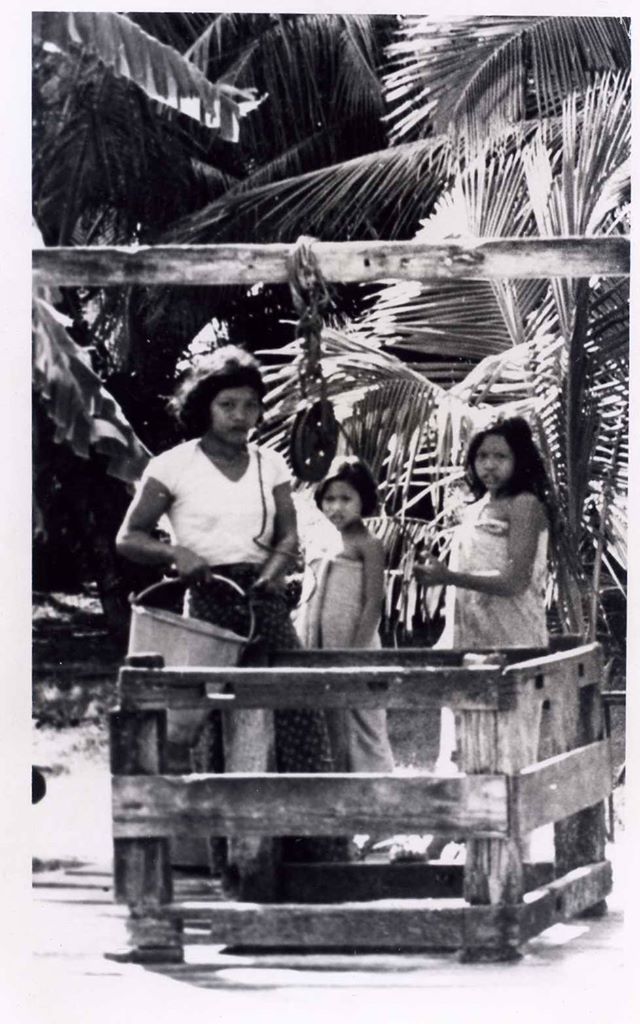
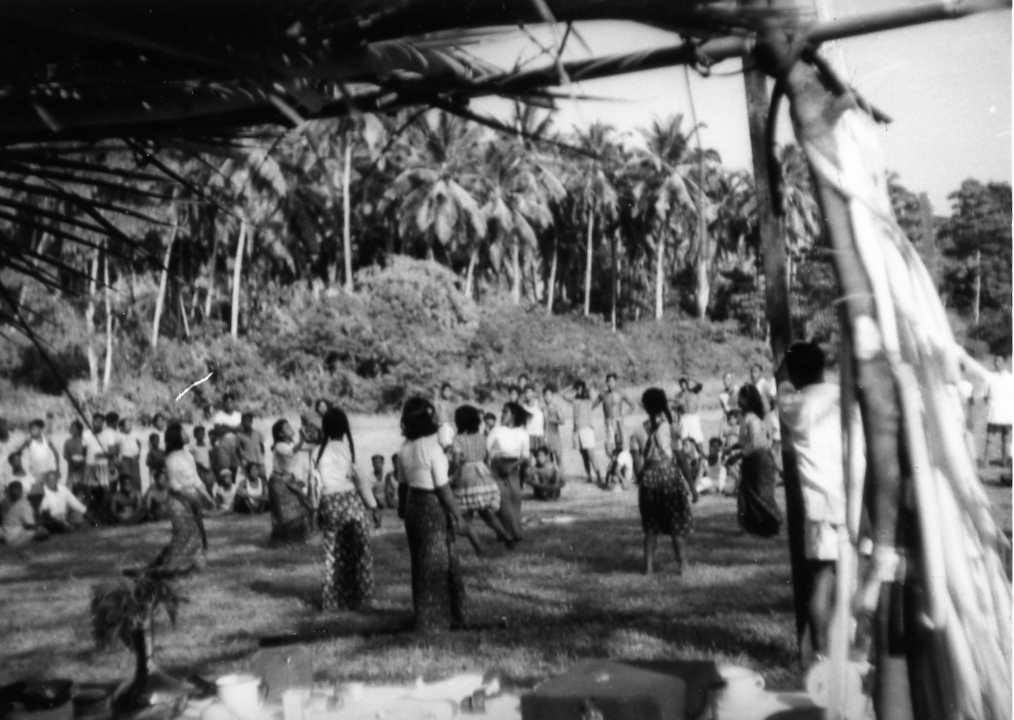
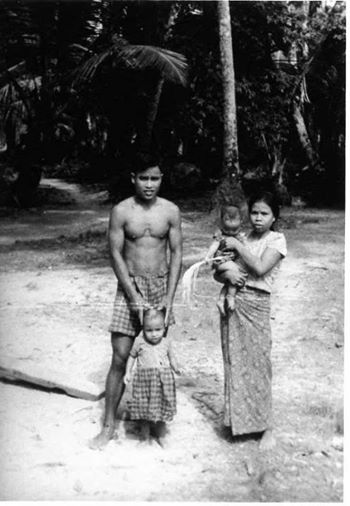
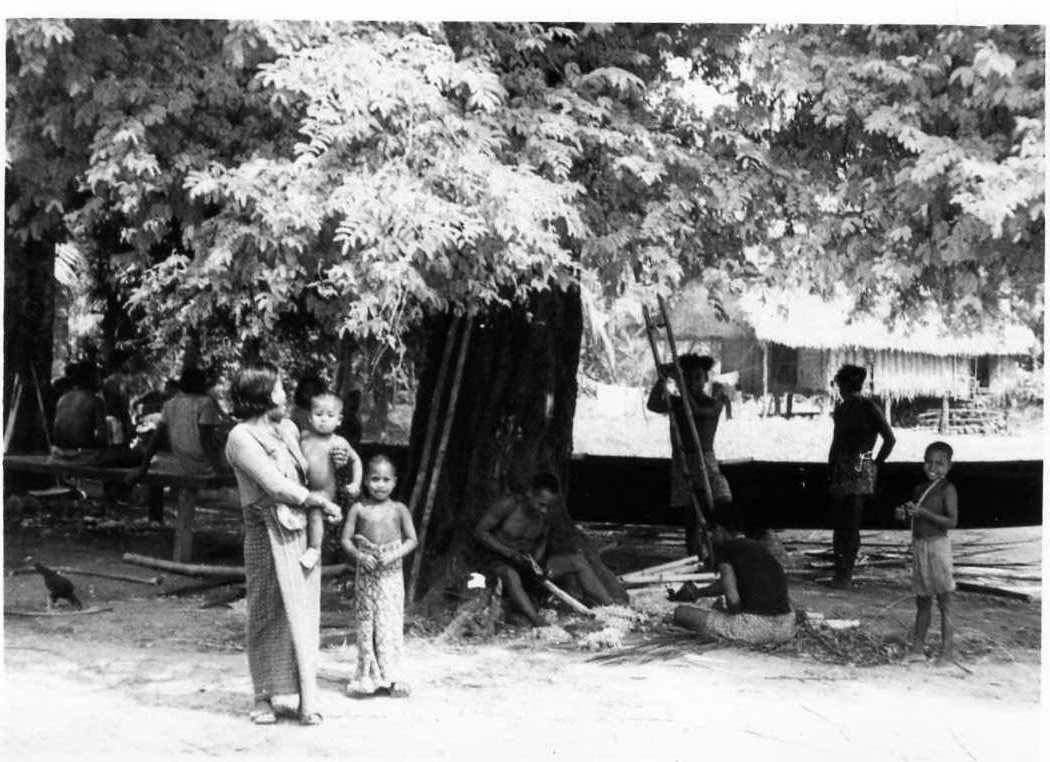
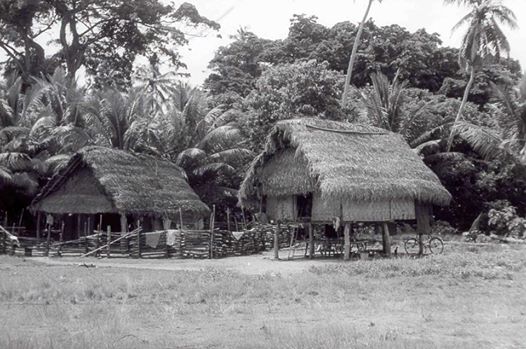
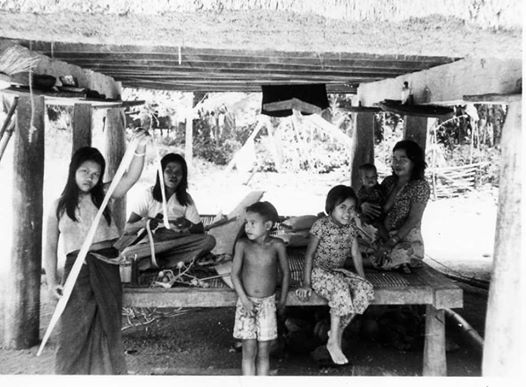
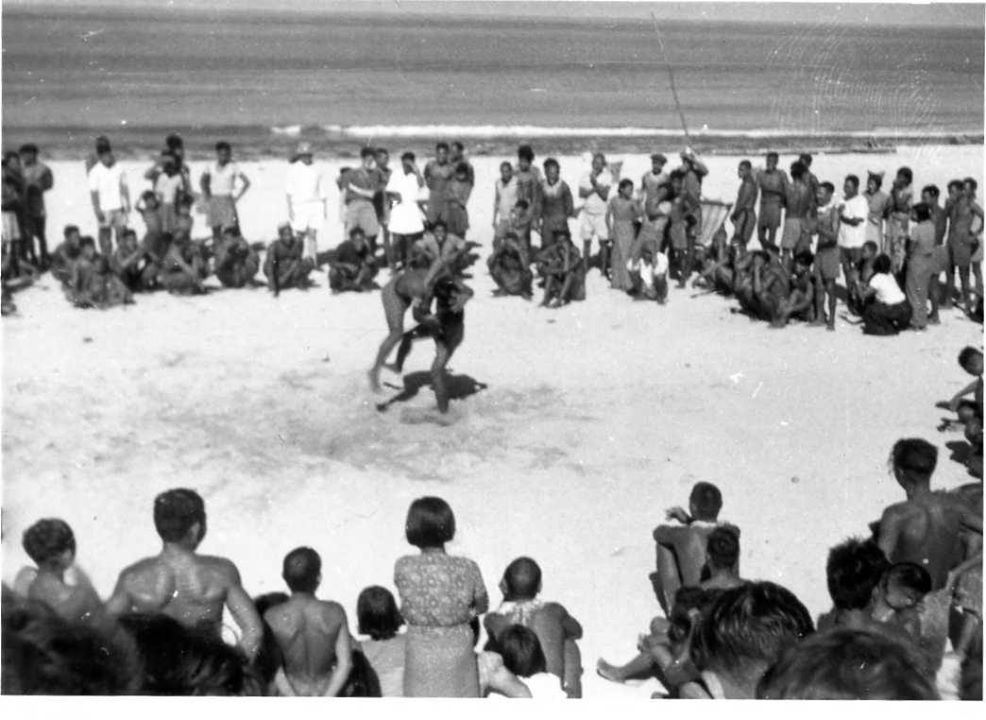
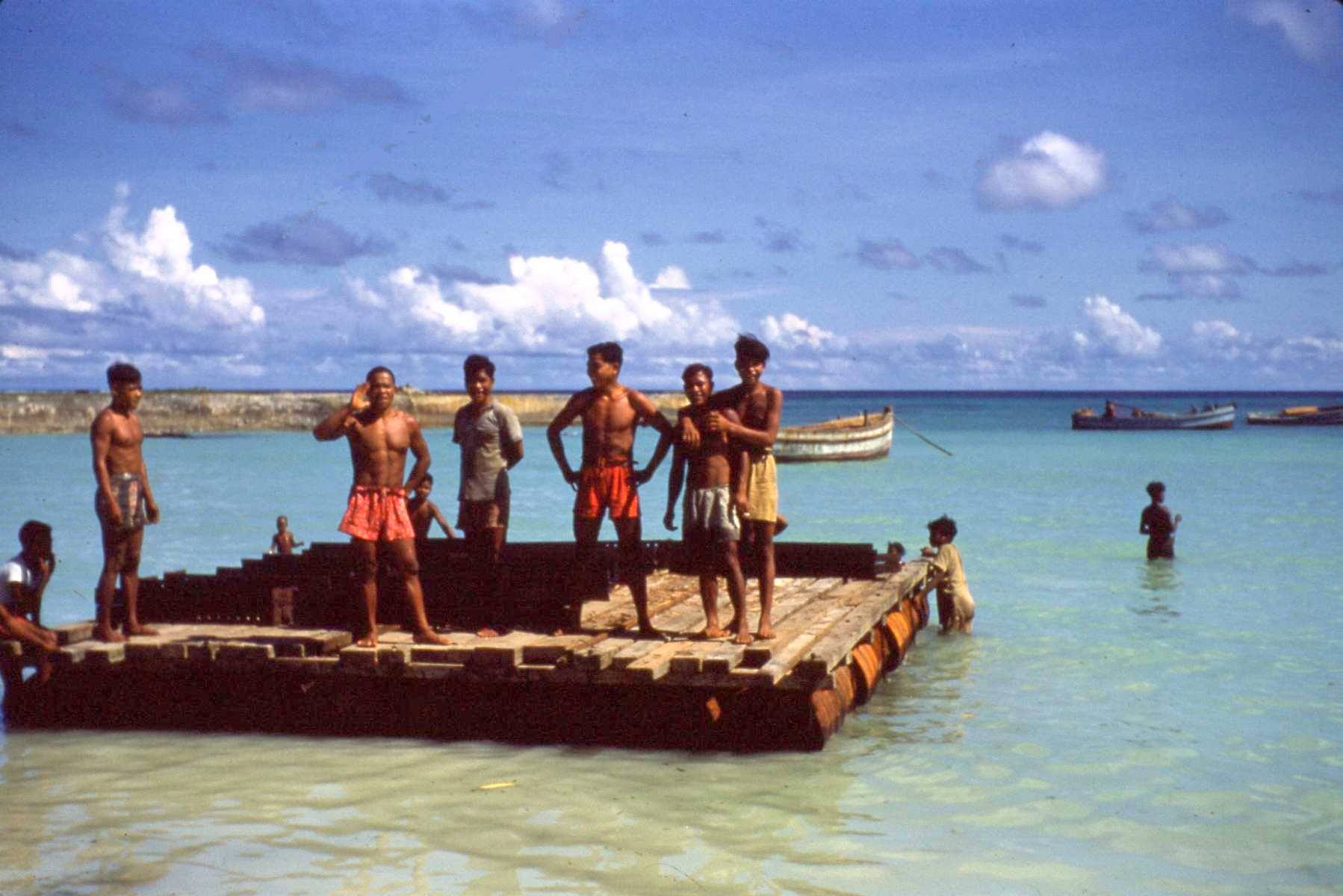


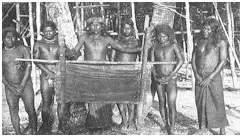
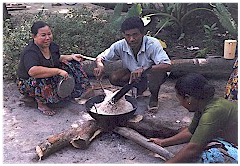
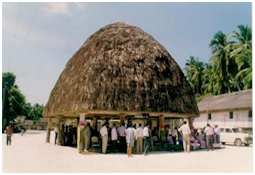
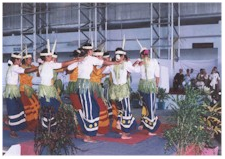
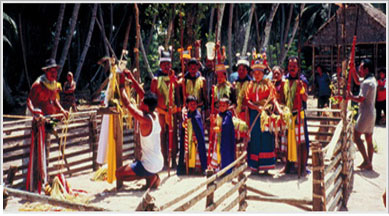
 People of Nicobars:
People of Nicobars:
The District is having a population of 42,068 (2001). Out of this population, around 70% belong to tribal category. The District consists of 2 tribes namely – Nicobari and Shompen. Nicobari constitutes the larger part and they reside in all the inhabitant Islands of the District. Shompen is Semi – Nomadic tribe, and reside only in certain pockets of Great Nicobar Island.
The Nicobarese, who are of Mongloid Stock are a large population of over 27,000. They are horticulturist and pig-herders inhabiting large permanent villages mostly close to sea shore. They are not divisible into tribes, but there are distinctions, chiefly territorial. Thus they may be fairly divided into six groups : the people of Car Nicobar, Chowra, Teressa with Bompoka, the Central Group, the Southern Group and the single inland tribe of the Shompen on Great Nicobar. The differences to be observed is language, customs, manners and physiognomy of the several groups may, with some confidence, be referred to habitat and the physical difficulties of communication.
In 1960s and 1970s 330 families of ex-servicemen from all over India were settled in Great Nicobar Island. They were given land and agricultural inputs. By sheer hard work, they have been able to convert the are into prosperous plantation area. In Katchal Island under Indo-Sri Lankan agreement 48 families of plantation Tamils were given jobs in 1970s in the rubber plantation area, which is now under Forest and Plantation Development Corporation.
 Family System:
Family System:
Nicobari Families are patriarchal and as a rule live jointly. This joint family is known as Tuhet. There is no individual ownership, but the Tuhet owns land, coconut and pigs. Love marriage is very common and the age of marriage is sufficiently high.
The chief article of food is the coconut, next in importance been Pandanus pulp , fish and rice. Now every family owns ration card and they are getting rice, wheat, sugar and kerosene oil through Fair Price Shops, which are available in all the Islands. Pigs and fowls are kept for feasts. Cultivated fruits of many oriental kinds are eaten everywhere. The Nicobarese are very fond of stimulants, and smoke a great deal of tobacco. Pan is the usual stimulant and is in perpetual use.
The people are well housed, the houses being often of considerable size, containing an entire family. The house is raised on piles 5-7 feet from the ground,and consists of one large boarded floor, with mat and sometime boarded walls, but without divisions. It is approached by a movable ladder. The houses are usually circular with a high thatched pent roof (Aluminium sheets are now common, since the introduction of Indira Awas Yojana), but they are sometimes oblong.
In most of the Island including Car Nicobar and Chowra, near each village by the sea- shore, is the Elpanam where the public buildings of the village consisting of a meeting house, a lying-in house, a mortuary and the cemetery.
The Nicobarese are busy with different type of duties :-
- Household duties :- Nurturing Kitchen Garden, manufacturing items for use and sale.
- Religious ceremonies and feasts.
- Trade(external as well as internal).
Special occupations are – Pottery on Chowra, Basketwork in Car Nicobar, making of canoes and iron spears in the Central Group, and of baskets, matting, wooden spears, and the collection of jungle produce in the Southern Group. Owing to spread of modern education, many Nicobarese have found employment in the Government, mostly as Teachers, Doctors and ministerial staff.
The great pastime of the Nicobarese is feasting. Football is the most popular game here and they have won Subroto Mukerjee Cup(Junior National) four times. Canoe racing, Volley ball, Wrestling are other popular games and sports. Some of Nicobari sports personnel have excelled in National and International events in Cycling, Kayaking, Rowing.
The Nicobarese dance is a circular dance performed in or near the houses. There is a leader in a monotonous concerted sound and then the dances step right and left under his direction, and jump in unison, coming down on both heels. The Nicobarese are musical people, and sing clearly and well in unison. The most popular musical instrument in Guitar.